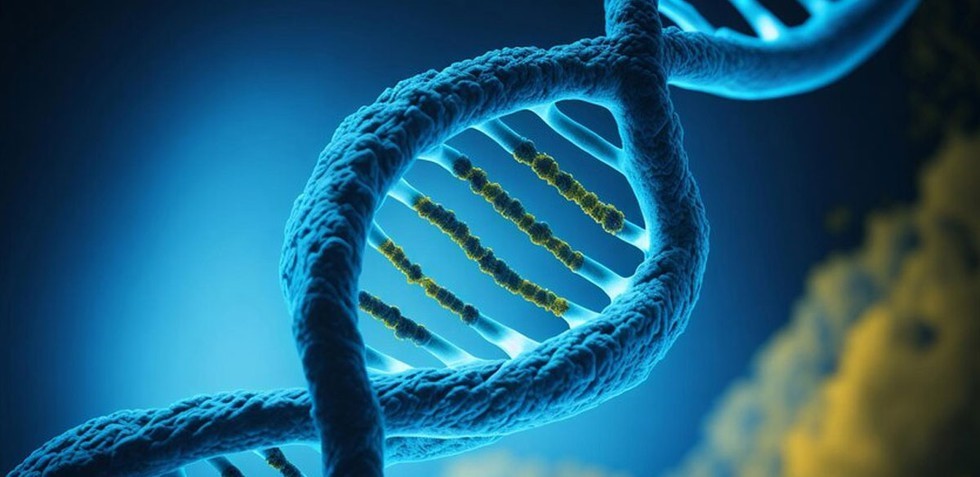
Biomarker Testing

24.04.2024
Biomarker Testing
|
For Prelims:About Biomarkers, Important points, Classification of Biomarkers |
Why in the news?
According to a recent study, using a drop of dried blood and a new biomarker test, it may be possible to detect cancer within minutes.
Important points:
- Early trials show that a new device that requires just a single drop of blood can detect three of the deadliest forms of cancer.
- Early research suggests that less than 0.05 ml of dried blood can be used to detect gastric, colorectal and pancreatic cancers.
- In its initial experiments, the device was able to distinguish between patients with diagnosed pancreatic, gastric or colorectal cancer and those without cancer.
About Biomarkers:
- Biomarker, short for 'biological marker' is a physical, chemical or biological characteristic that is present in the human body and is measurable.
- WHO defines a biomarker as "any measurement that reflects an interaction between a biological system and a potential threat, which may be chemical, physical or biological".
- The response measured can be functional and physiological, biochemical or molecular interactions at the cellular level.
- Experts also call these molecular markers and signature molecules.
- They are indispensable in diagnosing disease, determining the right medicine, the right dosage, and even designing new medicines.
- Biomarkers include biomolecules such as carbohydrates, proteins, lipids, genes, DNA, RNA, platelets, enzymes, hormones, etc.
Classification of Biomarkers:
- by source or location
- molecular
- radiographic
- histological
- physiological
- based on role or function
- Risk Biomarkers
- Diagnostic Biomarkers
- Predictive Biomarkers
- Monitoring Biomarkers
- Pharmacodynamic Biomarkers
Source: Live Science. Com